Demystifying Raw Cat Food and its Effect on Kittens
 June 30, 2023
June 30, 2023
Cats are obligate carnivores, and their diet should ideally consist of high-quality animal protein. Raw cat food has gained popularity among pet owners as a way to provide a diet that closely mimics a cat’s natural prey. Raw cat food refers to a diet composed of uncooked ingredients, typically including meat, organs, bones, and occasionally fruits and vegetables. There are two main types of raw cat food: commercial and homemade.
Commercial raw cat food is commercially prepared and packaged raw food specifically formulated for feline consumption. These products often come in pre-packaged portions or frozen patties and can be purchased from pet stores or online. They are typically made with a variety of animal protein sources, such as chicken, turkey, beef, or fish, and may contain additional nutrients, vitamins, and minerals to provide a balanced diet. On the other hand, homemade raw cat food is made by cat owners from scratch. They source, prepare, and store all ingredients themselves, offering them control over what their cat eats. While both types provide nutrients found in a cat’s natural diet, there is a clear distinction between quality control and convenience.
The raw cat food diet provides several benefits due to its nutritional value. High in protein and low in carbohydrates, such a diet replicates the nutritional profile of a cat’s ancestral diet, promoting healthy weight and reducing the likelihood of obesity and associated diseases like diabetes. As well, raw food is easy for cats to digest due to its lack of complex carbohydrates.
However, there are disadvantages to feeding cats a raw diet. Homemade raw cat food runs the risk of nutritional imbalance; it is challenging to replicate the comprehensive nutritional content of commercial cat food at home. In contrast, commercial raw cat food can be expensive and less accessible. Additionally, both types potentially expose cats to harmful pathogens like Salmonella and E. coli, which can cause serious illness.
Yet pet owners can mitigate these risks by following safe and healthy preparation for homemade raw cat food. This includes sourcing high-quality, fresh meat from reliable sources, keeping the preparation area immaculately clean, and promptly freezing any leftovers. Equally important is consulting a veterinary nutritionist to ensure that the homemade diet meets all the cat’s nutritional needs.

Hygiene is vital in handling raw cat food, similar to any raw meat, as pathogens can easily contaminate kitchen surfaces, utensils, or other food. Raw cat food should be thawed in the refrigerator, served as soon as possible, and any uneaten portion should be discarded if left out for more than two hours.
While feeding raw cat food can bring about potential risks and requires meticulous handling and preparation, it can also confer noteworthy benefits aligning with a cat’s natural dietary needs. Pet owners considering this diet should perform thorough research, consult professionals, and exercise diligence in preparation and hygiene. Like any decision regarding a pet’s health, it should involve careful thought, factual evidence, and expert guidance.
Anyway, the raw food diet offers nutritional benefits that align with a cat’s carnivorous nature but equally presents specific risks concerning hygiene and nutritional balance. The choice between commercial and homemade raw food oscillates around factors such as cost, accessibility, and control over ingredients. As pet owners, our cat’s health is paramount, thus making an enlightened choice concerning their diet is not only our responsibility, it’s a testament to our care.
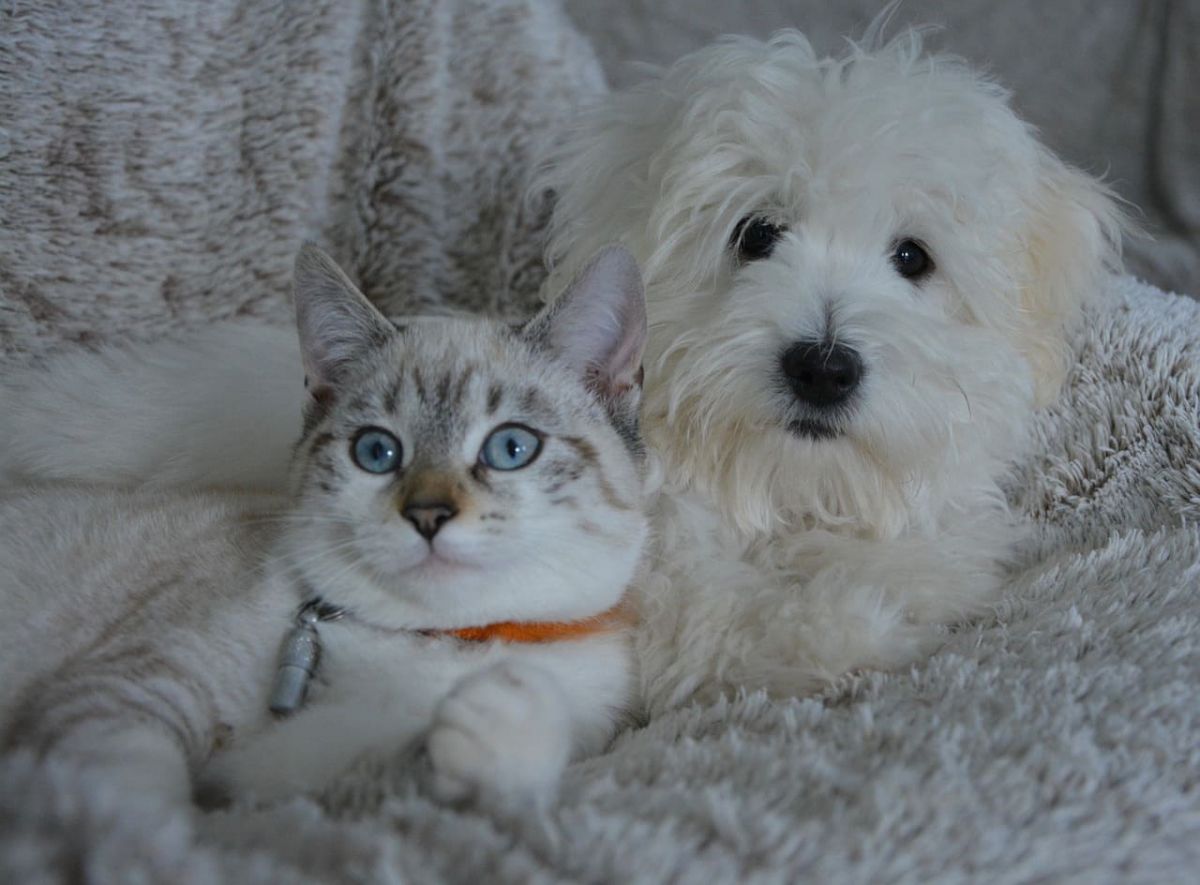
An Authoritative Glimpse into the World’s Top Ten Most Popular Categories of Pets

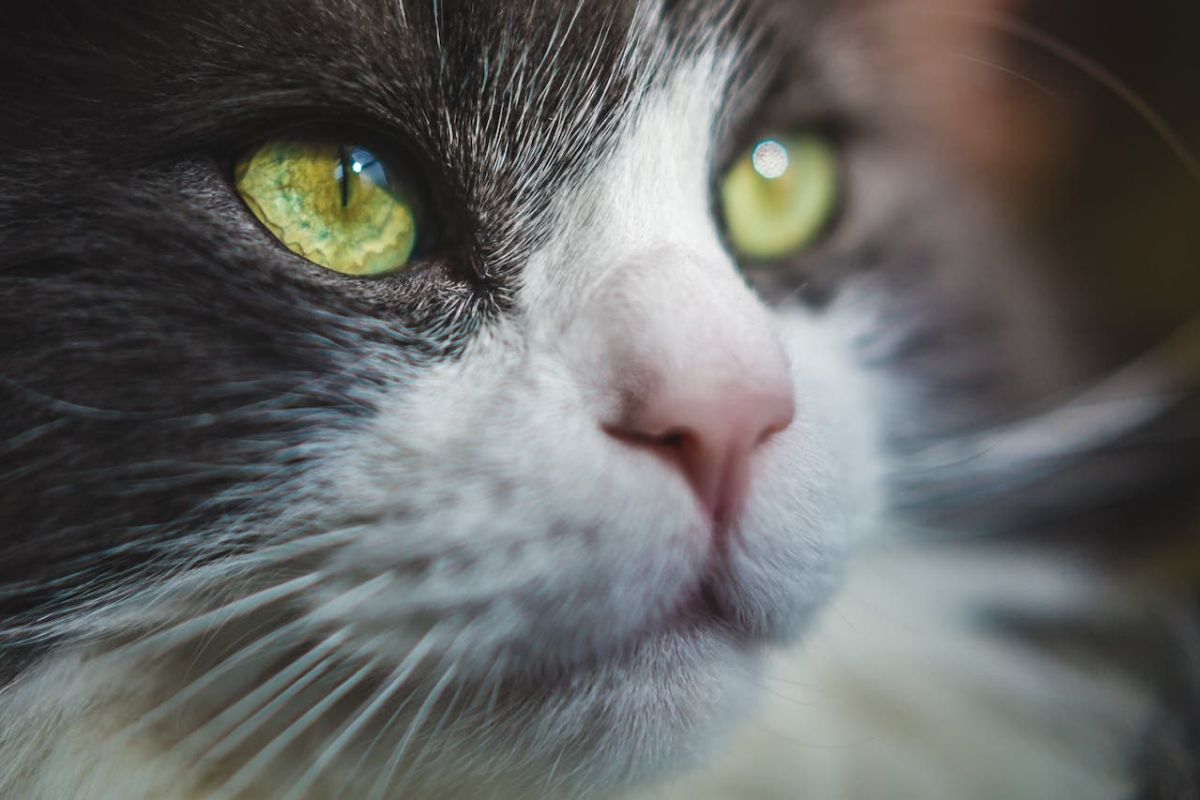
Why Do Cats Squirm Before Pouncing

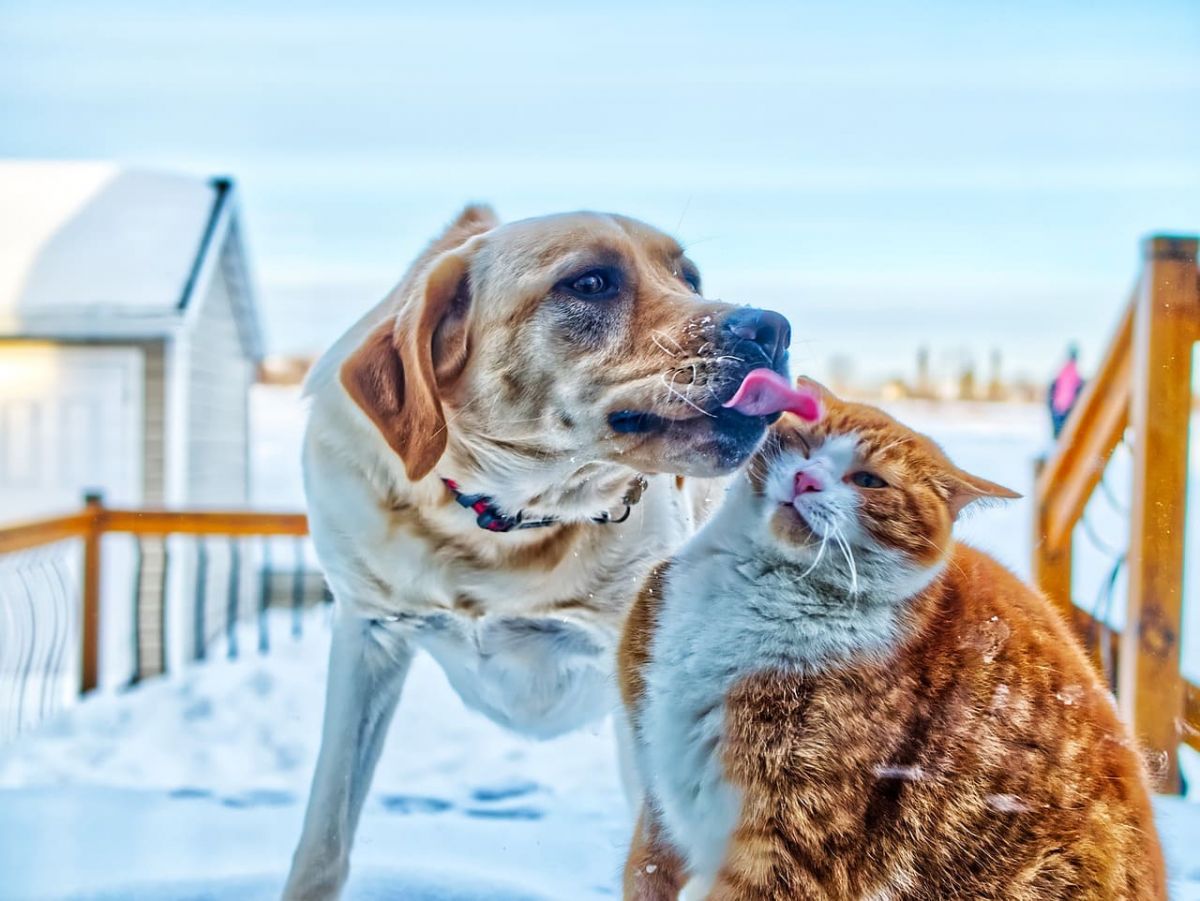
True Heartwarming Stories: The Unbreakable Bond Between Animals and Humans

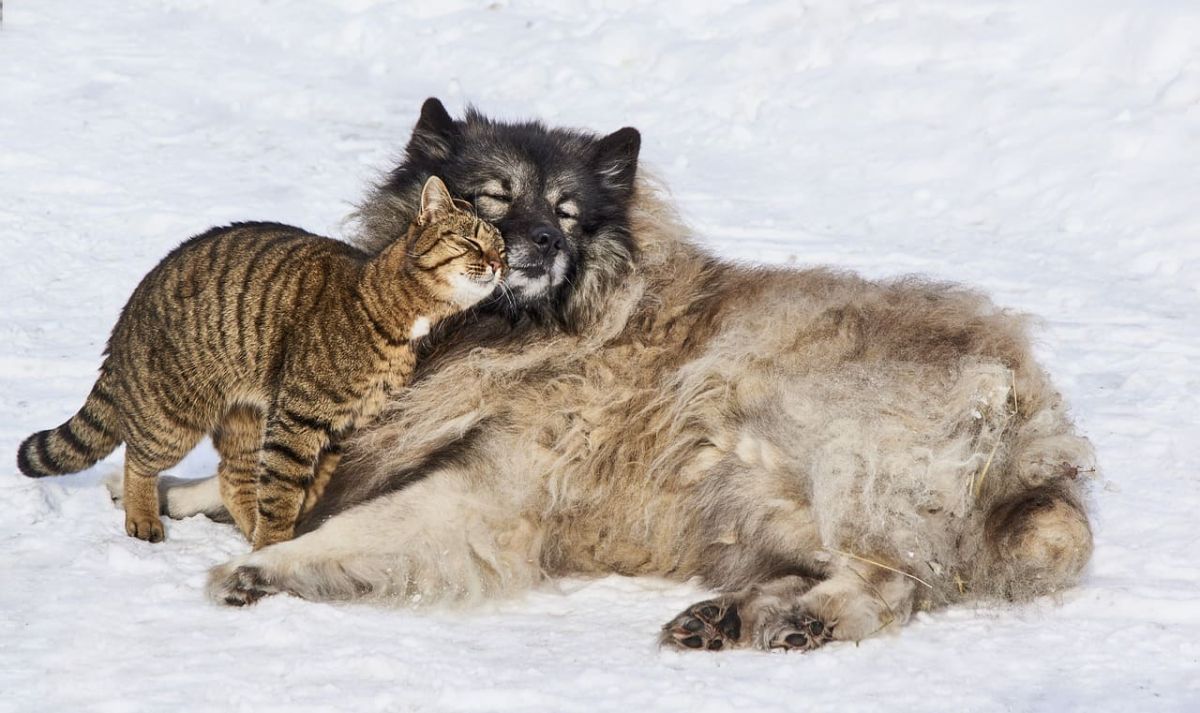
Pets’ Interesting News and Anecdotes


Owning a Pet May Help Maintain Mental Health When We’re Over 65


Pet IQ Test: Explore Your Pet's Intelligence and Potential

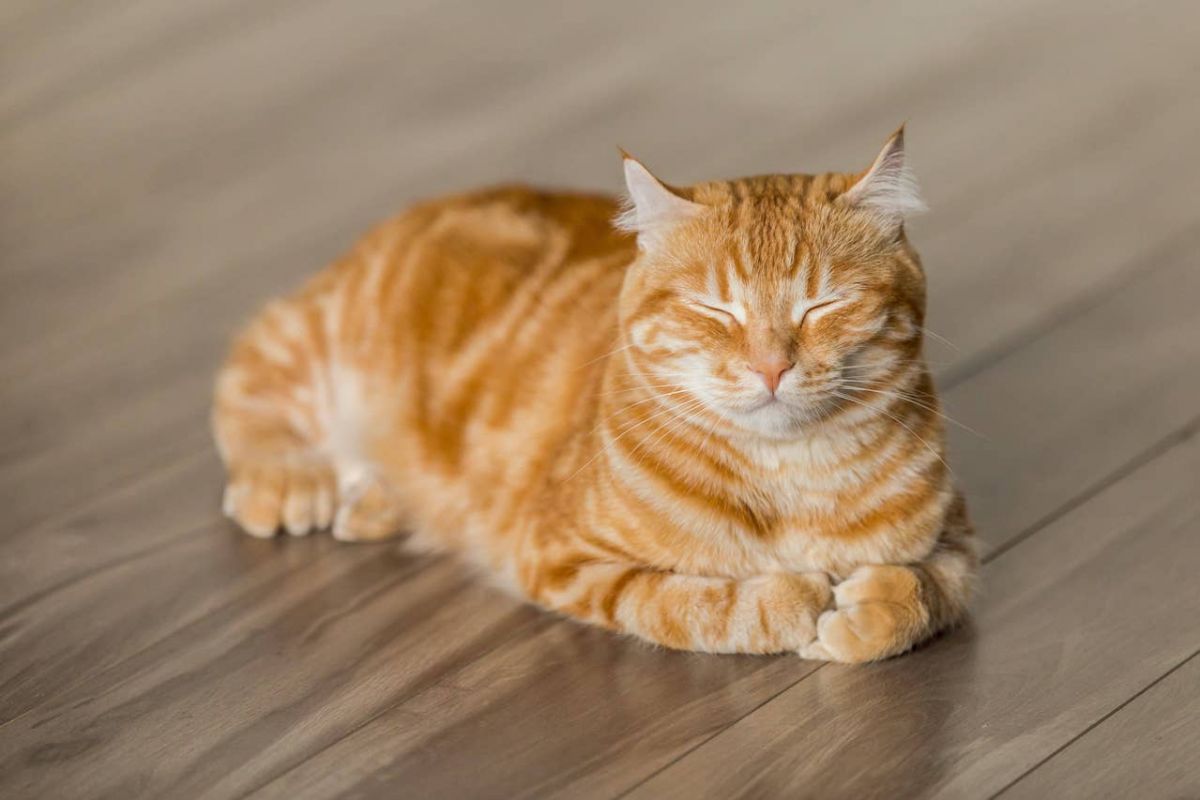
Pet Insurance: A Must for Comprehensive Pet Protection

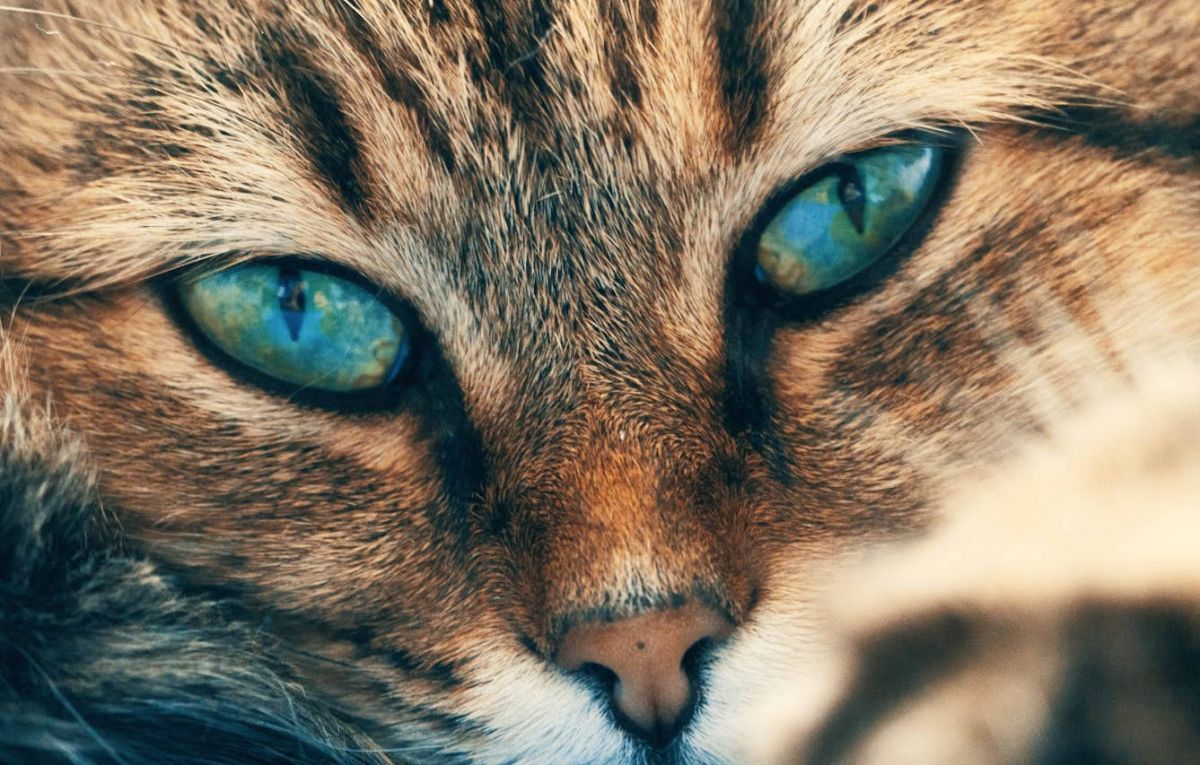
Instruction to PetSmart















